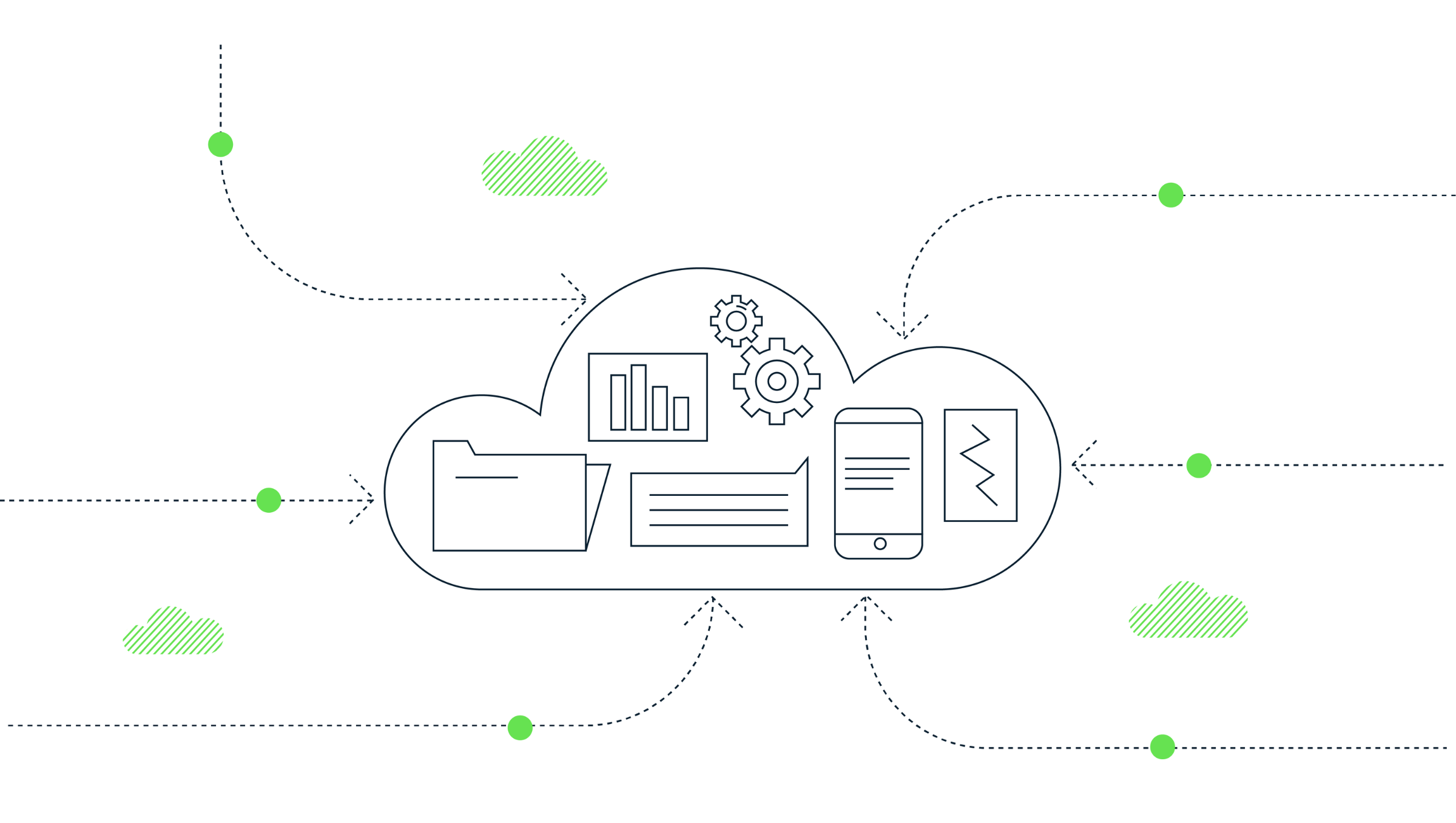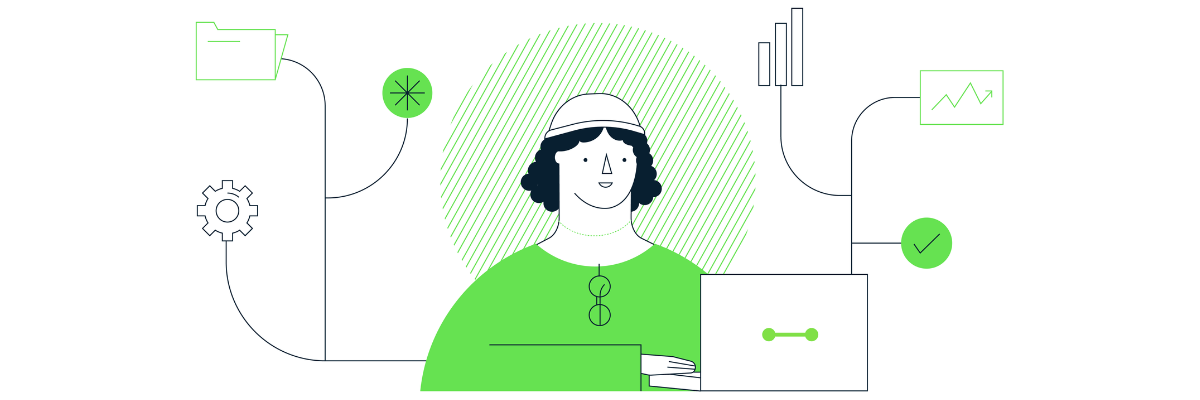Can you measure the return on analytics?

It’s a question that comes up from time to time (you can listen to Dan and I discussing it on the Measure Pod) – usually when a client’s trying to make a case for internal analytics headcount or thinking about renewing their GA360 licence. Besides pointing to directly-attributable revenue, are there other ways we might quantify the contribution of an analytics team and justify the cost of the tools used?
Investment and attribution
The first challenge is calculating the cost of analytics. Analytics headcount isn’t always easy to identify and isolate. It’s straightforward if there’s a core team or “Analytics Centre of Excellence”, but analysts are often embedded within other functions, and implementation responsibilities can fall to IT or a web development team.
Similarly, while some analytics tools might be wholly owned by an analytics team, others might be covered by a central IT budget, or the costs spread across other departments like marketing, sales and customer service.
The analytics team tends to be a decision support function. Whether it’s in-house or an external consultancy, it’s usually at least one step away from where the final decisions relating to website optimisation, media investments or customer experience design are actually made.
While your engineers and analysts may do the hard yards, preparing the data, building the reports and offering opinions, they need to work with people who have the context necessary to interpret the data in a meaningful way. As such, the credit for analytics work often gets attributed to other business functions, such as Operations, Marketing, Engineering, or Product Development.
Let others do the talking
Maybe this isn’t such a problem. Barry McCardel argues the best way for a data or analytics team to justify their existence is to sit back and let others talk up their contribution. McCardel suggests that if an analytics team is really providing value, the leaders of other functions will be willing to share the credit for their successes and advocate on your behalf. If they don’t, then they’re clearly not feeling or recognising the tangible impact of your team.
Of course, the ability of an analytics team to make an impact will depend on where the organisation is on its data journey. In many of our engagements, the first months are spent auditing and optimising the existing analytics implementation and validating the data collected. While the technical fixes may be quick, it can take much longer to build sufficient trust in the data to make the organisation receptive to, and willing to act upon, recommendations.
This willingness to act on data was one of the nine signs of analytics maturity we identified in our conversation with Steen Rasmussen of IIH Nordic. Ben Stancil goes further, saying an analyst’s only job is to make people more decisive, and therefore the best method for measuring analytical work is to measure how quickly people make decisions with it. He also suggests tracking the time it takes for an analytics team to answer questions put to them.
Quantifying the ROI on analytics
Of course, there are times when it’s essential to produce a number. Maybe you’re making a business case for more headcount, or need to justify the expense of the current team in an organisation experiencing cost pressures. If that’s the case, here are some ways to associate or attribute revenue to the analytics team that you might consider.
Optimising return on ad spend
Analysis, insights and recommendations can lead to more efficient marketing campaigns, whether it’s increased sales or reduced costs. Think of it as a last-touch attribution model, crediting the analytics team with the improvements in return on ad spend (ROAS).
Improving web and app conversion rates
The next area where you could look at improvements based on analytics is with your website or app. AB and multivariate testing and Conversion Rate Optimisation (CRO) programmes depend on solid data and expert analysis.
Product optimisation
Better understanding user behaviour can increase activation and engagement, reduce churn, and identify up- and cross-sell opportunities, ultimately increasing Customer Lifetime Value (LTV). Establish a baseline, then subsequent improvements as a result of analysis can be attributed to the analytics team.
Time savings
A well-oiled analytics function can save a lot of time within the business. With automated reports and dashboards providing the right data to the right people, decisions can be made quicker and with more confidence.
Damage control
It doesn’t always have to be about edging up sales or trimming costs; analytics can act as an early warning system that might help minimise the negative impacts of a market crash or identify an unexpected dip or spike in demand, as we’ve witnessed first-hand during the COVID pandemic.
All of the above
Rather than trying to painstakingly calculate every dollar of directly attributable revenue, we might be better served zooming out and simply looking at overall business performance. Do the companies that spend a higher proportion of their revenues on data and analytics outperform their competitors?
According to McKinsey, the answer is yes. Companies with a data-driven culture see thousands of incremental improvements, the cumulative effect of which can be game-changing. They report data-driven organisations are 23 times more likely to acquire customers, six times more likely to retain customers and 19 times more likely to be profitable. Forrester is in agreement. They claim “insight-driven businesses” grow at an average of 30% each year and predicted that from 2021 these businesses would be taking $1.8 trillion in business a year away from their less-informed industry competitors.
If those numbers still aren’t enough to convince your internal stakeholders on the value of adding analytics headcount, you might want to start by hiring a freelance analytics consultant or a specialist analytics consultancy like Measurelab as a ‘proof of concept’. It’s a low-risk way of demonstrating the value an analytics team can bring to an organisation – a role we’re happy to play. In just a few months, those sceptical stakeholders are hooked on data and making more internal hires to feed the demand for additional analysis becomes a no-brainer.

Subscribe to our newsletter:
Further reading

How to extract GA4’s event sequencing in BigQuery using the new batch fields

What is offline event data import in GA4?
